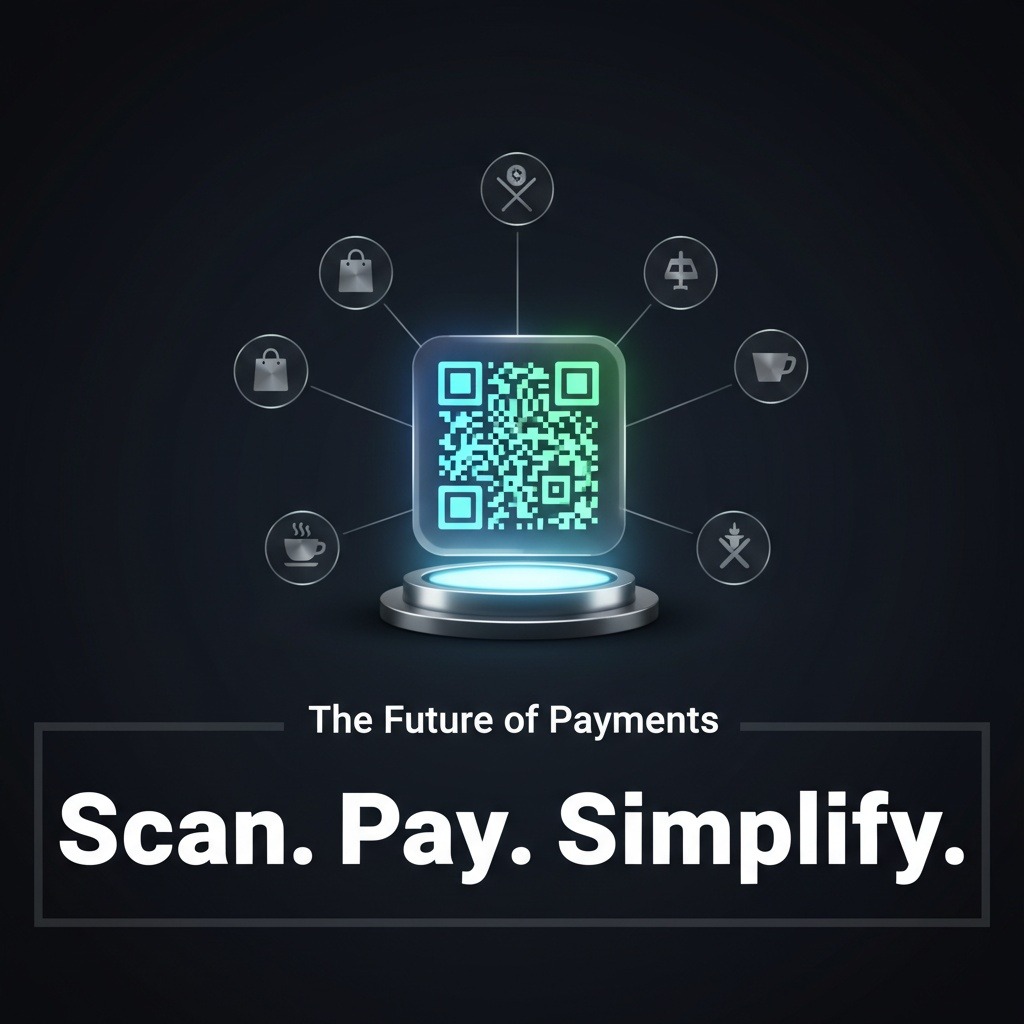OKX SG, the local arm of the prominent cryptocurrency exchange OKX, has officially launched its innovative payment solution, OKX Pay, in Singapore. This new service enables users to make everyday purchases using the widely adopted stablecoins USDT and USDC through a seamless scan-to-pay system in collaboration with Grab, Southeast Asia’s all-encompassing application for various needs.
Having secured a major payment institution license from the Monetary Authority of Singapore just over a year ago, OKX SG has teamed up with StraitsX, a notable provider of crypto infrastructure. This partnership aims to facilitate payments for everyday transactions using two of the largest stablecoins pegged to the U.S. dollar—Tether’s USDT and Circle’s USDC.
The introduction of OKX Pay signifies a broader trend of stablecoin adoption in commercial ecosystems, particularly across Asia. StraitsX’s XSGD stablecoin is already integrated into popular payment platforms like Alipay+ and Grab, facilitating the use of wallets such as GCash, KakaoPay, and Touch ’n Go. In numerous emerging markets, stablecoins have become essential for remittances and daily commerce, offering users lower transaction fees and quicker processing times when compared to traditional banking alternatives.
“OKX Pay meets a real customer need by extending the utilization of digital payment tokens beyond speculation and investment to everyday transactions, from enjoying a cup of coffee to dining out with friends,” stated Gracie Lin, CEO of OKX SG, in an official announcement.
The newly launched service allows consumers to scan GrabPay’s SGQR codes at participating vendors. When a user opts to pay with USDT or USDC, these stablecoins are converted into XSGD, the Singapore dollar-pegged stablecoin issued by StraitsX. The XSGD is then transformed into fiat currency and transmitted to the merchant.
Stablecoins are digital tokens designed to maintain value stability by pegging their worth to an external reference, typically a fiat currency. This mechanism minimizes the price fluctuations often associated with other cryptocurrencies, offering a digital asset that behaves similarly to traditional currency but utilizes blockchain technology’s advantages, such as expedient cross-border transactions.
According to a report from JPMorgan, the transaction volume of stablecoins has surged dramatically, reaching over $800 billion per month compared to less than $100 billion just five years ago. While there is a gradual increase in the adoption of stablecoins for real-world applications, trading activities still dominate, accounting for approximately 88% of total usage.
A recent white paper from Boston Consulting Group indicated that stablecoin-related payments—including cross-border remittances, retailer transactions, and on-chain settlements—comprise roughly 4% to 6% of total activity in the ecosystem.
OKX Pay simplifies the payment process for merchants by providing a compliant means to accept stablecoin payments without the need for extensive handling of digital payment tokens. Each transaction through OKX Pay operates as a blockchain transfer in alignment with the Monetary Authority of Singapore’s purpose-bound money (PBM) framework, which incorporates programmable logic to ensure that settlements are both compliant and conditional.
“The future landscape of payments will hinge on trust, speed, and interoperability—stablecoins will play a pivotal role in this evolution,” emphasized Tianwei Liu, CEO and co-founder of StraitsX. “The launch of OKX Pay represents not just a service introduction but a framework for how stablecoins will support global commerce moving forward.”



